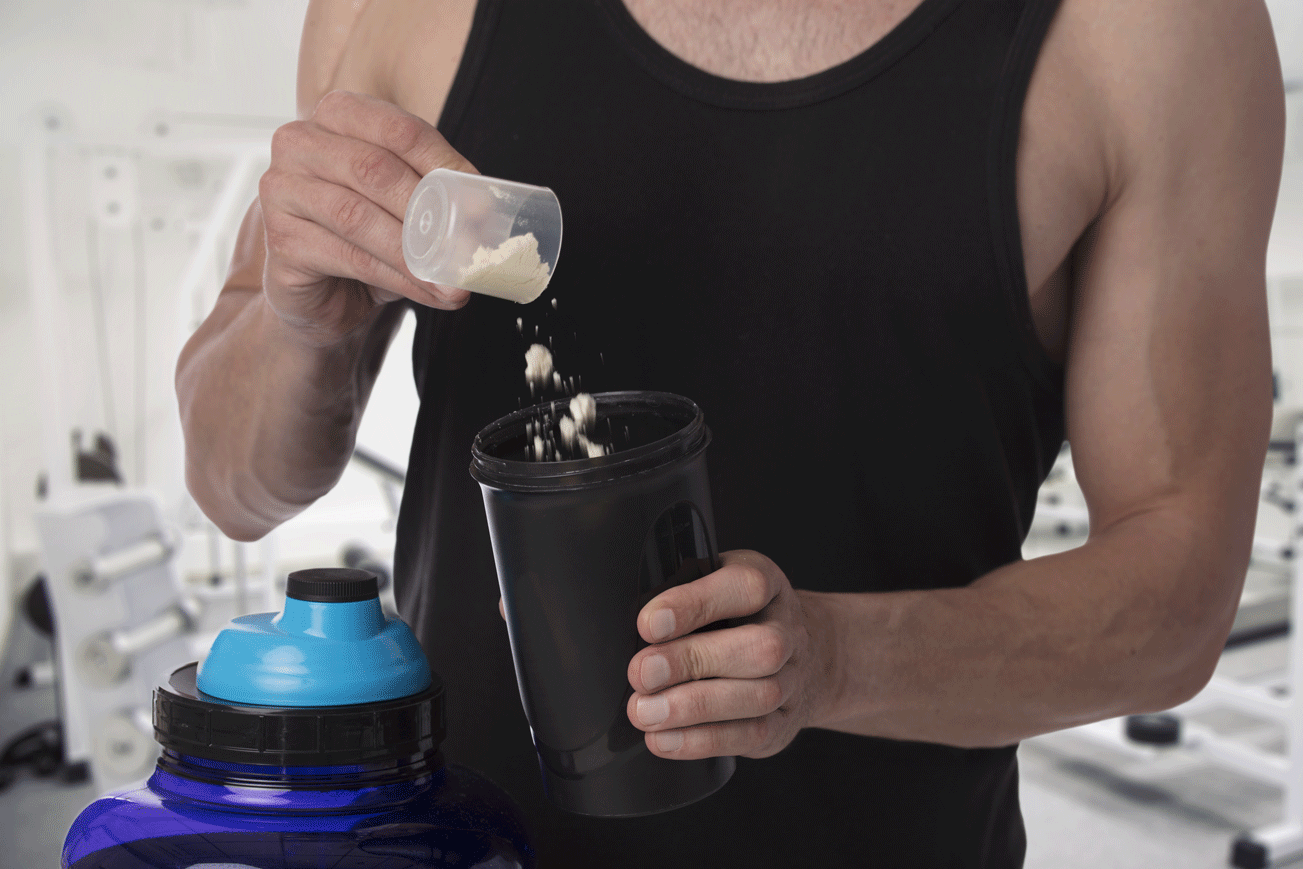
Not your usual boring creatine post
Without question, creatine is the gold standard by which all strength-related supplements are judged. The basic premise for how and why creatine works so well is pretty straightforward:
We store creatine in our muscles. A phosphate group can be easily attached to creatine, thereby forming phosphocreatine, which is also stored in our muscles. When muscles do work, they use adenosine triphosphate (ATP).
The process of “using” ATP involves removing a phosphate group, which turns adenosine triphosphate (three phosphates) into adenosine diphosphate (two phosphates). Phosphocreatine swoops in to rapidly donate its phosphate group, ADP becomes ATP, and we’re ready to do more work in a very short amount of time.
High-intensity exercise is characterized not only by the use of a large amount of total ATP, but more critically by its need for rapid access to ATP. Compared to rest, the rate of ATP demand increases up to 1,000-fold during intense exercise.
If ATP isn’t available within a reasonably fast time frame, performance simply cannot be sustained, and intensity drops as a consequence. Phosphocreatine provides rapid ATP replenishment, but a muscle can only store so much creatine and phosphocreatine at a given time.
In this sense, creatine can be thought of as a quantitatively limited, but fairly instantaneous, reservoir for the replenishment of ATP. The purpose of creatine supplementation is to increase the amount of stored creatine, thereby bolstering the capacity of this rapid ATP-generating energy system.
In addition, creatine has been shown to increase lean body mass, presumably due to increased intramuscular fluid retention and improved resistance training capacity.


